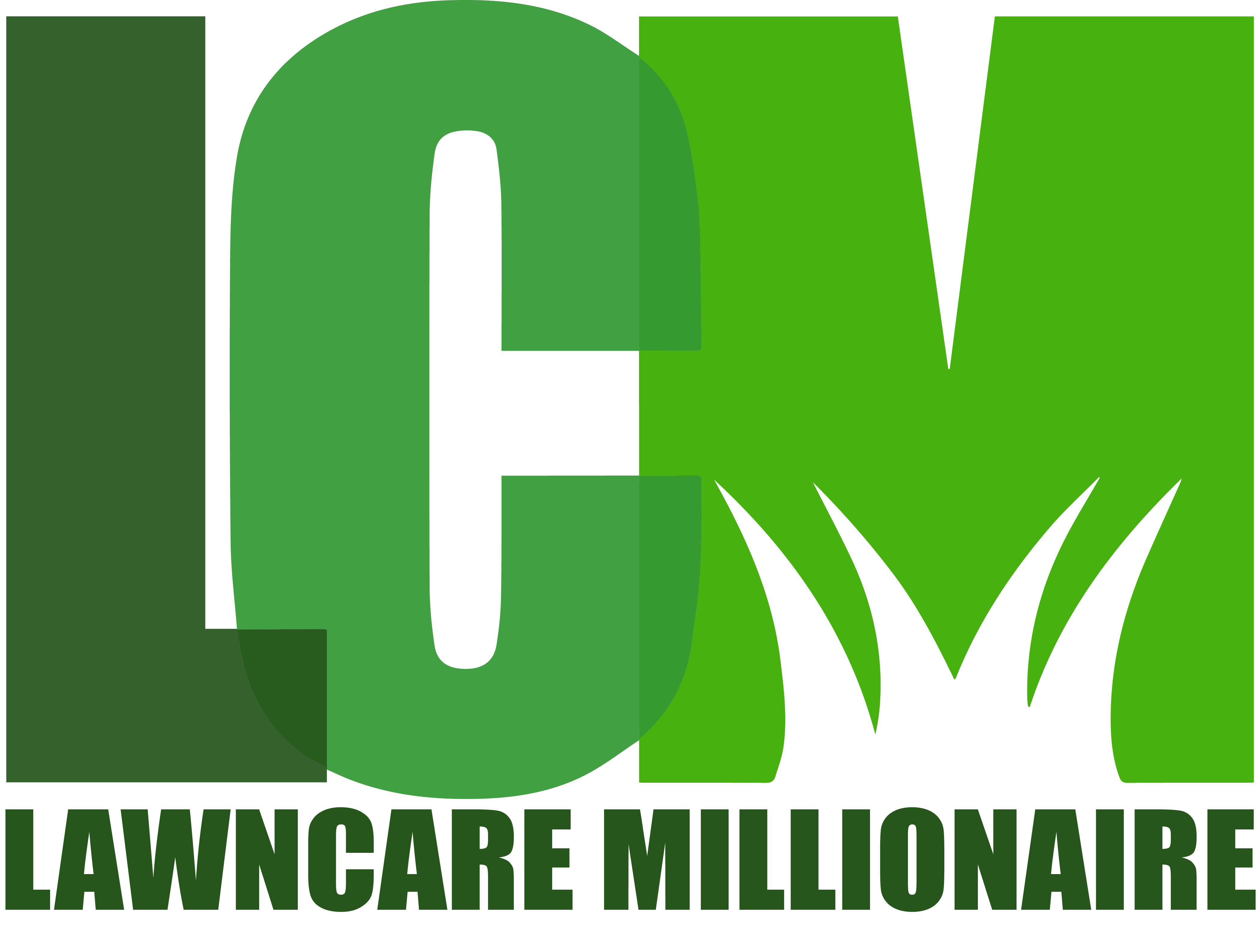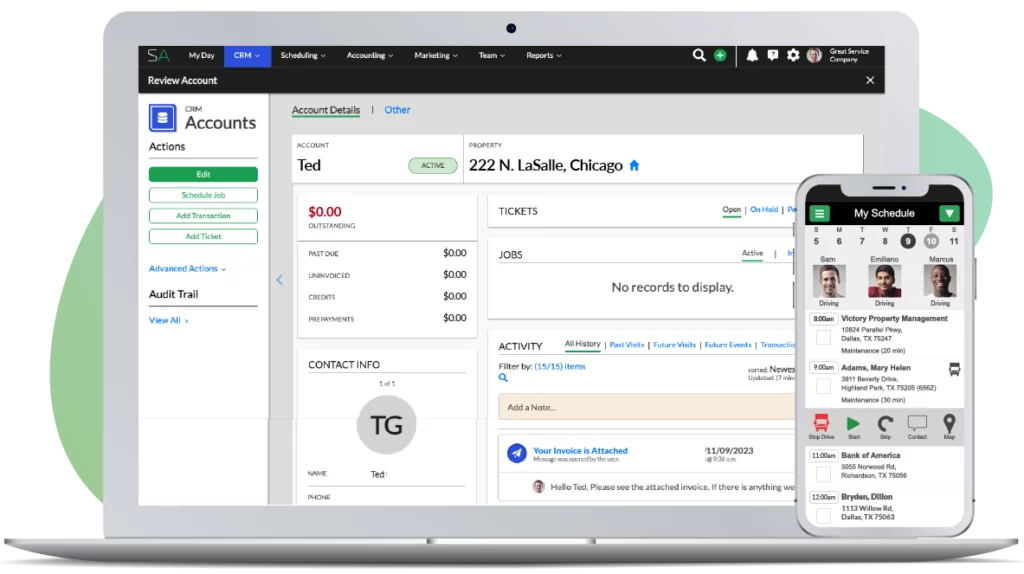Video Transcript
Ever heard of profiling you clients, so I’m not going to tell you who to use on this one but there’s a bunch of ways to do this. I’m going to tell you about a concept that’s absolutely worth it. I’ve done it in the last several companies that I’ve used.
What you do is after you get to some size in your business, you take your client list, name, address, phone number, things of that sort, email address, and then you take out of that list the clients you don’t really like or you don’t want more of or don’t really fit into your business. Maybe you like them but they’re just not the perfect client. Basically you get your list down to a point, maybe it’s 60% of your list, maybe it’s 70% of your client list, but you get your list down to a number that really represents your ideal clients. Or maybe if you want to get really advanced you get your client list down to just the top 20% of your clients that probably generate somewhere between 70 and 80% of your revenue.
From that list you send it to a company. That company will reverse-profile it. Now I’ve done really basic reverse profiling but then you can get into more advanced stuff that will get into psychographics and different things and it will give you a really detailed picture of your clients’ ability to spend money and different things of that sort. You can do this a couple different ways.
The first time I ever did I just reverse-profiled my list to find out that my clients live in a certain size home, that they’re a certain age, that they make about x amount of money, that they have on average 2.1 kids. It was that type of a reverse-profile. More recently we had our list reverse-profiled and we found out the clients’ risk tolerance in a sense, the risk that in a down economy they might cancel service, things of that sort, how much money they might make. This will tell you a lot about your business.
Then if you want to get really detailed with this, more advanced, you then take that list and you use that profile to buy lists of those exact best clients to go market to. Consider profiling your clients. It will be an eye-opener.
One thing I’ve learned, it’s advice that’s been given to me, I’ve experienced it, I believe it, and that is you we’ll never build a big, successful, highly profitable business by cutting expenses and managing expenses. In your own personal life, in my personal life, especially when I was younger, I would really pay attention to the little expenses: going out to eat; I remember when I was even younger, magazine subscriptions; buying books. I would try to save money on all these little things. The example of not buying a Starbucks coffee everyday will save you $5 a day, that’s silly advice. The real money, the real expense is in the big stuff: the cars, the houses, college, those big things. That’s where you blow money, and you blow it really fast. You could do one big purchase every two years and it’s three times more costly than the silly Starbucks coffee example.
The exact same thing I believe is true in your business. You cannot manage your way to success and high profits by constant cost-cutting. Now you should optimize your business and you should pay really close attention, but spending most of your effort trying to save on your phone bill is, for the most part, a complete and total waste of time. Your time is much better spent trying to grow sales and marketing. You might save $100 a month by fiddling with the phone bill for a day, a day a year; whereas if you spent that day you might be able to put something in place that generates you an extra $5,000 in sales per month, which is a better activity.
That’s my point. The focus on cost-cutting and constantly obsessing over small bills in the business is a total waste of time. You can do that some day, but for the most part you should hardly do that. You should spend the majority of your time on big 80/20-type tasks: sales and marketing, hiring the very best employees, mentoring and training your employees.
The point of this, and maybe the encouragement, because it’s something I’ve learned because I’ve shifted from a penny-pincher personality to look at things the way I’m describing them, and I think it’s had huge results – the benefit to you is less stress, less concern, less worry, bigger profits, more time, and an overall better business. Become a guy that thinks about 80/20 and not a guy or a gal that talks about cost-cutting and penny-pinching.
A lot of people push the concept of starting a business part-time. I don’t talk that works. Now I think you can get to your first thousand in revenue, your first thousand in monthly recurring revenue part-time. If you’re building a product-based business, I think you can sort of do some of that part time, but if you’re building a service-based business you can’t go very far part-time. When you’re part-time you give yourself 5,000 reasons not to be successful. You still have a crutch; you still have a backup plan.
The moment you put yourself in a position that you either win or lose, that you make it or you fail, you will do everything that it takes to make that business succeed. When you have to, you will. When you can slide by, when you don’t have to, when you have a backup plan, you’ll take shortcuts, you’ll procrastinate, you’ll delay, you’ll find reasons not to do this or that. You’re not as committed. You’ve got to be 100% all in if you want to give yourself the maximum possibility of being successful in your new venture. That’s why I don’t think part-time is the answer. Earn your first thousand in recurring revenue, then go full-time, all in, all your cards on the table. That is your most likely formula to success. A lot of people would disagree with me on that.
Hey, there’s a long-standing debate when it comes to painting, wrapping, lettering your vehicles, your trucks. Should you have phone number, web address, both, a list of the services that you offer? Should you have your logo, a graphic? Should it be colorful? What should it look like? How fancy should it be? How simple should it be? Or maybe should you put anything on your truck at all? That’s actually a debate as well.
My attitude on this is that all that really matters at the end of the day is your web address. Is your truck clean, does it look good, and will I, when I drive past your truck at 30 miles an hour, 60 miles an hour, if I even care or even notice you, what will it be that catches my attention that I remember when I get home or to the next stop light? Or if I’m in a neighborhood and I drive by your truck and I slow down for a second, what is the one thing that I most care about? We no longer live in the age of picking up the telephone and calling a service provider. We want to text our service provider, email our service provider, fill out a website form, go to their client portal. We don’t want to pick up the phone and call them.
If that’s the case, what’s most important? My argument is it’s the web address. I personally have phone number and web address on our trucks but if I could only have one thing, and I believe in simple, I would have the web address. My position is have a web address, have it be your company name if it’s easy and memorable and unique, and it’s easy to spell, and if you can’t accomplish that, make it a phrase that benefits the client, such as crazygoodservice.com. Now crazygoodservice.com is not the web address I would use. It doesn’t state the benefit well enough but that’s an example of what I mean by a phrase. If you do not have your web address and it’s not memorable, I would correct that immediately on all of your vehicles.
I’m at the Service Autopilot office today. It’s Saturday and I’m going to show you something that’s worked out really nicely for us. I’m in the support area right now where our support team is that works with all our clients. Back here we are trying out a new headset. Let me show you what they look like. We’ve used Plantronics headsets at this company and then another company that I own. The Plantronics at the other company are nicer. I don’t know what this one costs right here. We’ve been using some at the other company that are a couple hundred bucks to $300 and they’re wireless. For some of our team that can work from home and they can just hook it on their waist and they can walk around and it’s completely wireless.
Here they’re plugged into the phone and then we just have this wireless setup right here, and they’re pretty good. We’ve been testing this one right here. We bought it from headsets.com. In fact, the box is actually still sitting here, headsets.com. Really like them; they do a good job. I might record a different video about those guys at some point. Here’s the headset. I don’t even know how to pronounce it. We’ve been trying it for two months and we really like it. I can’t even tell you all the benefits of it because I was originally looking for a good headset. If I zoom in here and you can see the name of it. You know what? I’ll put the name on the screen when I do not video here because I don’t know how the heck to say this name. It’s Sennheiser and it’s the DW Pro 2. It basically just sits on this little thing. It’s completely wireless. It covers up both of your ears so you don’t hear anything. Plus it has noise reduction, and it has a really good boom mic on it so that it just picks up your voice. It doesn’t pick up everyone around you. The support team’s in a pretty open environment here in the back.
This is the charging station and the wireless station. I don’t know if you saw how far I walked when I walked back in here. I think this room is about 3,000 square foot that I’m in, this particular support section. If you go all the way to our front of our office, which is over 6,000 square feet away. I don’t know how to put that exactly, about 6,000 square feet away. This thing still works perfectly fine. You can walk all the way up to our boardroom and work in that area as well. Headsets.com. This again is the brand. Think you’ll like it.


